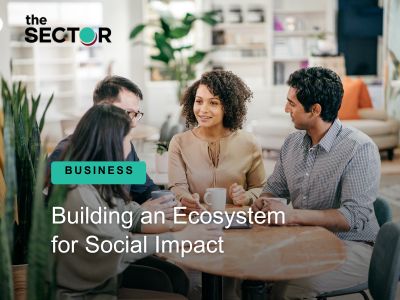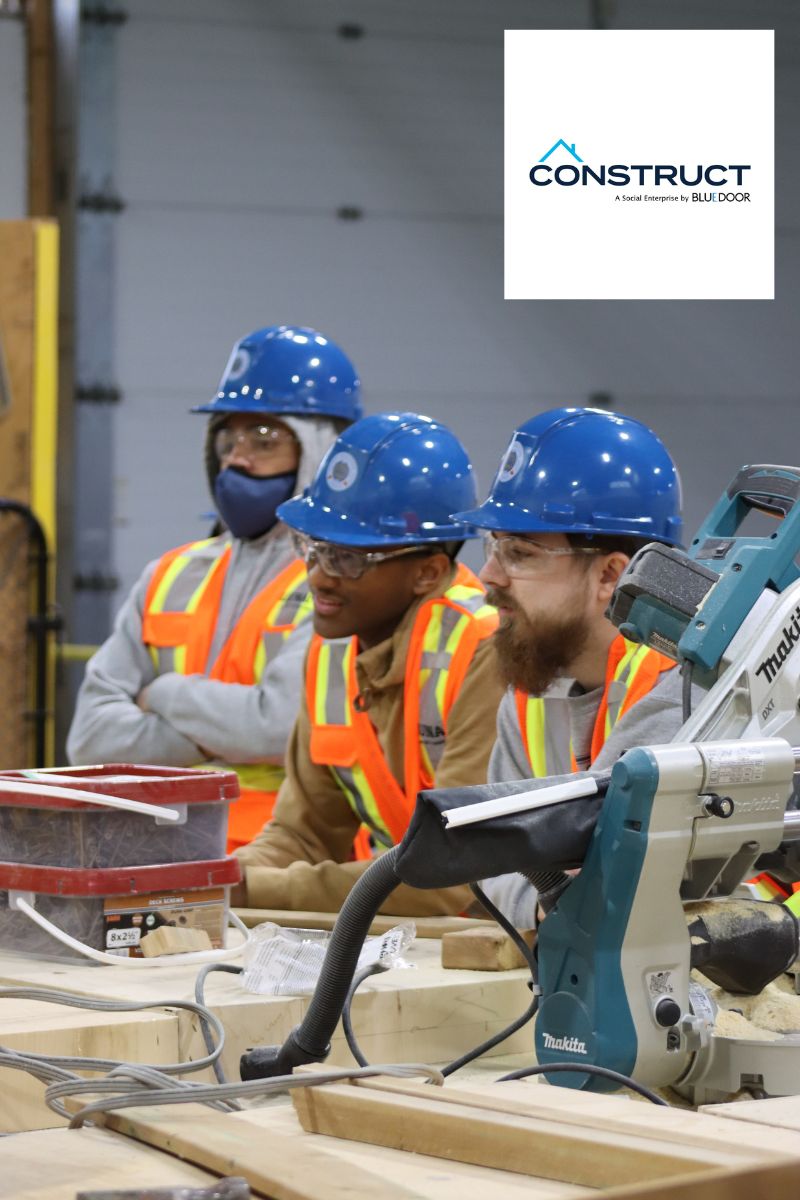Social innovation is a powerful force that addresses big social problems in unique and creative ways. It goes beyond conventional methods, challenging traditional approaches to find sustainable solutions. In this blog post, we will explore what it is, why it’s important, and how the community can get involved.


What is Social Innovation?
Social innovation is about generating and implementing fresh ideas to tackle complex social challenges. It plays a vital role in driving positive change by empowering individuals and organizations to contribute to society’s betterment. With creativity, empathy, and adaptability, social change uncovers breakthrough solutions that transform the status quo.
In essence, it’s a catalyst for progress and sustainable development. It encourages unconventional thinking, collaboration, and continuous learning to address evolving community challenges. By fostering an innovative culture and supporting social entrepreneurs, it creates a more inclusive and equitable future for all.


Addressing Big Social Problems
At the core of social innovation is the recognition of major social issues that require attention. It offers a way to tackle challenges like poverty, inequality, and environmental degradation. By highlighting successful examples of social impact, we can see the potential for positive change.
So, why is social innovation important? It’s important because it identifies major social issues that demand our attention. It allows us to address problems in effective ways. Imagine a world where poverty, inequality, and environmental degradation are no longer a reality. Thanks to the transformative power of social change. You may be wondering, what is an example of social innovation? One notable example is the microfinance movement. Microfinance has helped entrepreneurs and lifted communities out of poverty by providing small loans to people without access to traditional banking services. This demonstrates the importance of thinking outside the box and challenging traditional approaches to create meaningful impact.
This social impact encourages us to break free from conventional thinking. And explore innovative solutions to social problems. By challenging the status quo and embracing new approaches, we can drive positive change and create a more equitable society. It is through social innovation, where everyone has the opportunity to thrive and contribute to the well-being of their communities.


The Need for Social Innovation
Conventional methods alone may not be sufficient in solving complex social problems. Social innovation brings a fresh perspective and a willingness to challenge the status quo. It encourages us to question existing systems and find alternative solutions that can lead to long-term change.
In the context of addressing climate change, traditional approaches that focus on policy changes and regulations may not be enough. This is where community innovation comes into play, exploring new ways to tackle this global challenge. By leveraging renewable energy technologies and promoting sustainable farming practices, social innovation plays a crucial role in creating a more sustainable future for our planet.
Through social innovation, we can have a meaningful discussion on why conventional methods may not be sufficient. Additionally, we can explore the potential impact and positive outcomes of collective innovation, highlighting its role in creating sustainable change.
Involving the Community
Social innovation is not limited to experts or professionals alone. It thrives on the active participation of the community. By involving diverse stakeholders, such as individuals, businesses, and nonprofit organizations, impact initiatives can benefit from a variety of perspectives and resources. Building an ecosystem for social impact is crucial to maximize the effectiveness of social change.
Great change thrives on the active participation of the community and is not limited to experts or professionals alone.
Community involvement in social impact can take many forms. It can be as simple as volunteering for local projects or joining forces to create grassroots movements. Collaboration and engagement among community members foster a sense of ownership and collective responsibility in driving social change.
A great platform that promotes collaboration and inspires action for positive change is the Social Innovation Summit Annual Platform of Events. This platform convenes leaders and influencers from diverse sectors, providing engagement opportunities and programming around major events. By bringing together these stakeholders, it fosters collaboration and drives outcomes for a better world.
The Bottom Line
In conclusion, social innovation is a powerful tool for addressing big social problems. It offers fresh perspectives, challenges conventional approaches, and empowers communities to create sustainable change. By embracing positive change, individuals and communities can play an active role in shaping a better future for all.
















